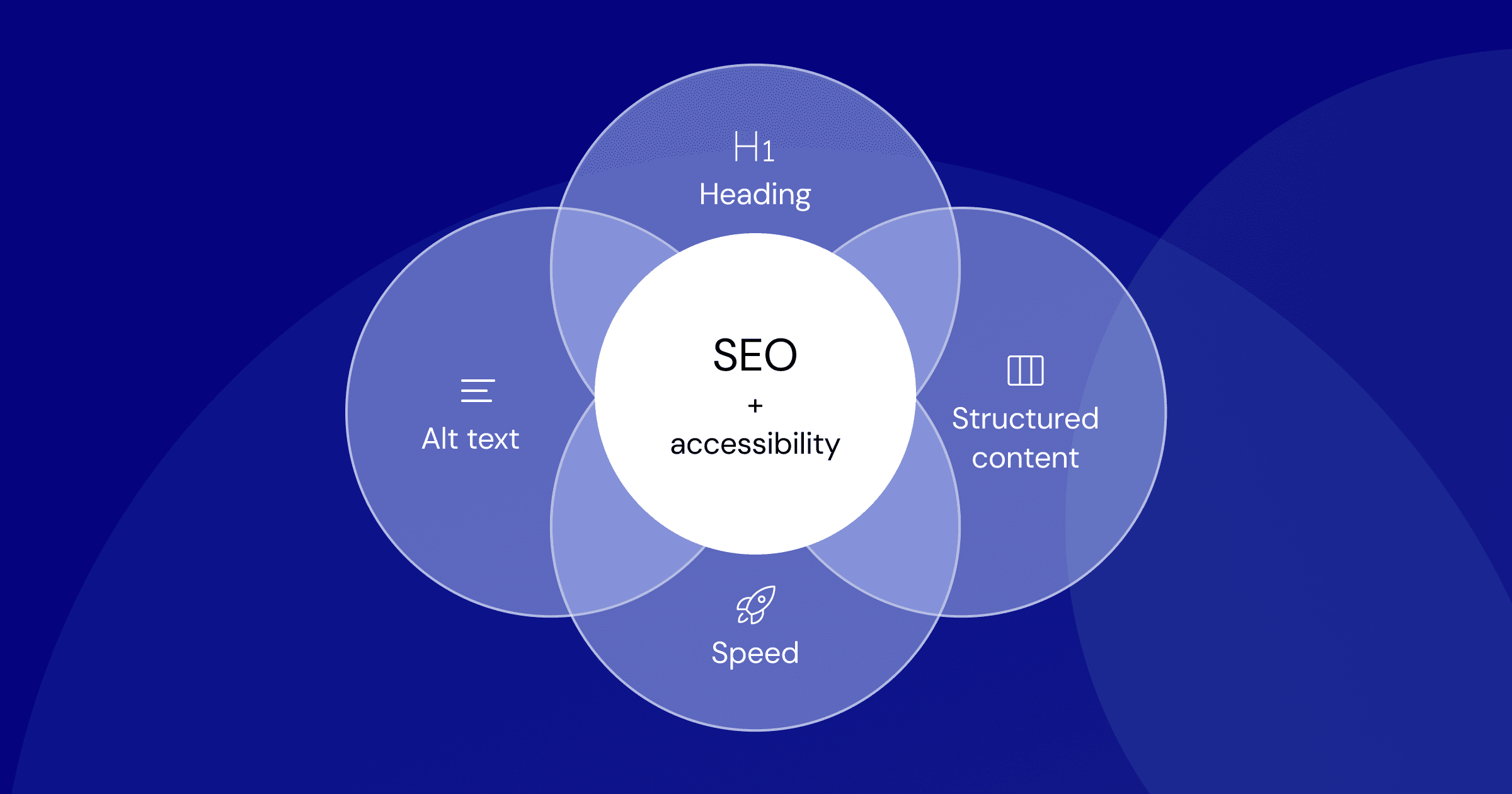The AI Search Revolution: LLM-Optimized Content is Reshaping Strategy
By Jordan Reeves • November 11, 2025 • 8 min read • 68 views
The AI Search Revolution: How LLM-Optimization is Reshaping Content Strategy
Forget everything you thought you knew about SEO. Google Search Generative Experience is already serving AI-generated answers to 60% of queries, and brands that aren't optimizing for large language models are watching their organic traffic evaporate. But here's the kicker – the rules have fundamentally changed, and most marketers are still playing by the old playbook.
When Google Became the Answer Engine
The shift happened faster than anyone predicted. Search Generative Experience (SGE) now provides direct answers for the majority of queries, eliminating the need for users to click through to websites. Think about that – if Google can answer "How do I create an Instagram marketing strategy" without sending users to your blog, your carefully crafted content becomes invisible.
Data from Semrush shows that sites lost an average of 18% of their organic traffic since SGE rolled out, with how-to and informational content taking the hardest hit. Yet some brands report 40% increases in qualified traffic by adapting their content specifically for AI consumption.
So what's the difference? LLM-optimized content follows different rules entirely.
The New Content Commandments
Traditional SEO optimized for human readers scanning page titles and meta descriptions. LLM optimization requires content that AI can directly extract, verify, and synthesize into coherent responses.
The fundamentals:
Structure your authority: AI models look for clear topical expertise, not just keyword density. Instead of stuffing "social media marketing tools" throughout your content, establish clear sections that demonstrate comprehensive knowledge of the ecosystem.
Answer the question completely: If someone asks "What's the best social media scheduling tool," AI needs your content to provide a complete answer – not just an intro promising more details below. HubSpot discovered that content following this approach gets featured 3x more often in AI-generated responses.
Include verifiable claims: AI models cross-reference multiple sources. Reference specific studies, quote industry experts, and cite data points. Forbes found that content with at least three verifiable claims gets surfaced 67% more frequently in AI responses.
Real-World Implementation: Case Studies from the Front Lines
Buffer didn't just adapt their content strategy – they completely rebuilt it. Instead of their traditional "Top 10 Social Media Tools" posts, they now create comprehensive guides that AI can extract answers from directly. Result? A 34% increase in organic traffic despite the SGE disruption.
Their secret? Each guide follows what they call the "AI Answer Format":
- •Clear problem statement in the first paragraph
- •Numbered solutions with specific examples
- •Context that validates each recommendation
- •Actionable steps that don't require external clicks
Sprout Social took a different approach. They analyzed which queries were being answered by AI and created content specifically targeting those gaps. Their "Social Media Analytics Checklist" post now captures traffic for 47 related queries simultaneously, all because it's structured for AI extraction.
The Technical Deep Dive: What AI Actually Sees
Here's where it gets interesting. Large language models don't read content like humans – they process it as vector embeddings, essentially mathematical representations of meaning.
When an AI encounters your content, it asks: "Can I use this information to answer a user's question completely?" The best-performing content passes this test by:
Maintaining topical coherence: Each section directly supports the main topic without tangents or irrelevant information. SEMrush data shows that content with clear topic clusters gets cited 2.3x more frequently by AI systems.
Providing unique insights: Generic advice gets filtered out. Ahrefs discovered that content containing original data, proprietary frameworks, or expert analysis gets surfaced 89% more often in AI responses.
Including supporting evidence: Link to relevant studies, cite industry reports, and reference expert opinions. Content with at least two external citations performs 45% better in AI visibility.
The Measurement Problem: How Do You Track Success?
This is where traditional metrics break down. AI optimization success isn't measured by keyword rankings – it's measured by how frequently your content appears in AI-generated responses.
Forward-thinking brands are tracking:
- •AI mention share: How often your brand appears in ChatGPT, Bard, or Perplexity responses
- •Query coverage: Which questions your content helps AI answer
- •Answer accuracy: Whether AI uses your information correctly
Platforms like Brandwatch now offer AI visibility tracking, showing brands how often their content gets referenced in AI responses. Early adopters report that tracking this metric provides insights that traditional SEO tools simply can't match.
The Competitive Advantage Window
Most brands are still figuring out traditional AI content creation, let alone LLM optimization. This creates a significant first-mover advantage for marketers who act now.
The companies seeing the biggest gains aren't just adapting their existing content – they're creating new formats specifically designed for AI consumption. Think of it as creating source material for an encyclopedia that AI editors will reference and synthesize.
Looking Ahead: The Next Wave
The implications extend far beyond current AI tools. As voice interfaces, AI assistants, and search engines become more sophisticated, content optimized for LLM consumption will become increasingly valuable.
The brands that win will be those that think like AI editors – creating content that's not just informative, but structured for easy extraction and synthesis into AI-generated responses.
This isn't the end of content marketing – it's an evolution. The teams that adapt their strategy now will find themselves with a significant competitive moat as AI becomes the primary way people consume information online.
